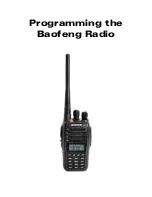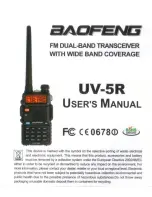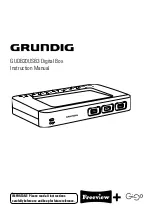
Section 8 – Automation Communication Formats
8–27
$27 $30 $36 $32 $37 $39 $34 $22 $30 $33 $34 $35 $22 $35 $31 $05 $30 $32 $33 $34 < Event Data > $2C $XX $OD
$27 $30 $36 $32 $37 $39 $34 $22 $30 $33 $34 $35 $22 $35 $31 $05 $30 $32 $33 $34 < Event Data > $XX $OD
Additional
Date
Time
Account #
Up To 51 Bytes
Up To 52 Bytes
Separator
Separator
Separator
Format
Line Card #
Separator
V-Byte
($XX represents V-Byte. Actual event
data is needed to calculate V-Byte.)
V-Byte
($2C not preceding means
no more data for this call.)
End of Message
Indicator
End of Message
Indicator
More Data to
Come Indicator
Same as Message 1
Message 1
Message 2
Figure 8–14: Long Event Data
8.8.4 Bad Data
When the MX8000 receives data it cannot interpret, it precedes the data with $23. The MX8000 accepts 20
characters of bad data. This allows operators to determine, if possible, the account number of the panel
sending the bad data for troubleshooting purposes. Causes for bad data include: Noise on the telephone line
and non-matching first and second rounds of data.
A single message could include more than one string of bad data, indicating, for example, that the first and
second rounds of data did not match each other.
8.8.5 Good Data with Bad Data
Good data can be mixed with bad data in one call. $21 indicates good data after bad. Good data always starts
with an account number.
Note:
That this would be the case even if the account number had already been passed before the bad data
occurred.
8.8.6 Validation Byte (V-Byte)
The V-Byte always precedes the end of message character. Each data string has this byte as the second to
the last byte. The V-Byte is the only error-checking of data the SK9000 protocol performs. The V-Byte
calculation is shown below. The result of the calculation should equal the transmitted V-Byte value.
1. Set the V-Byte comparison byte to zero.
2. Add the first (or next) byte of the message to the V-Byte comparison byte.
3. Clear bit 7 of the V-Byte comparison byte.
4. Set bit 6 of the V-Byte comparison byte.
5. Repeat steps 2, 3, and 4 until the last byte of event data (that is, up to and including the byte preceding
the V-Byte). The range of the V-Byte is $40 to $7F.
















































